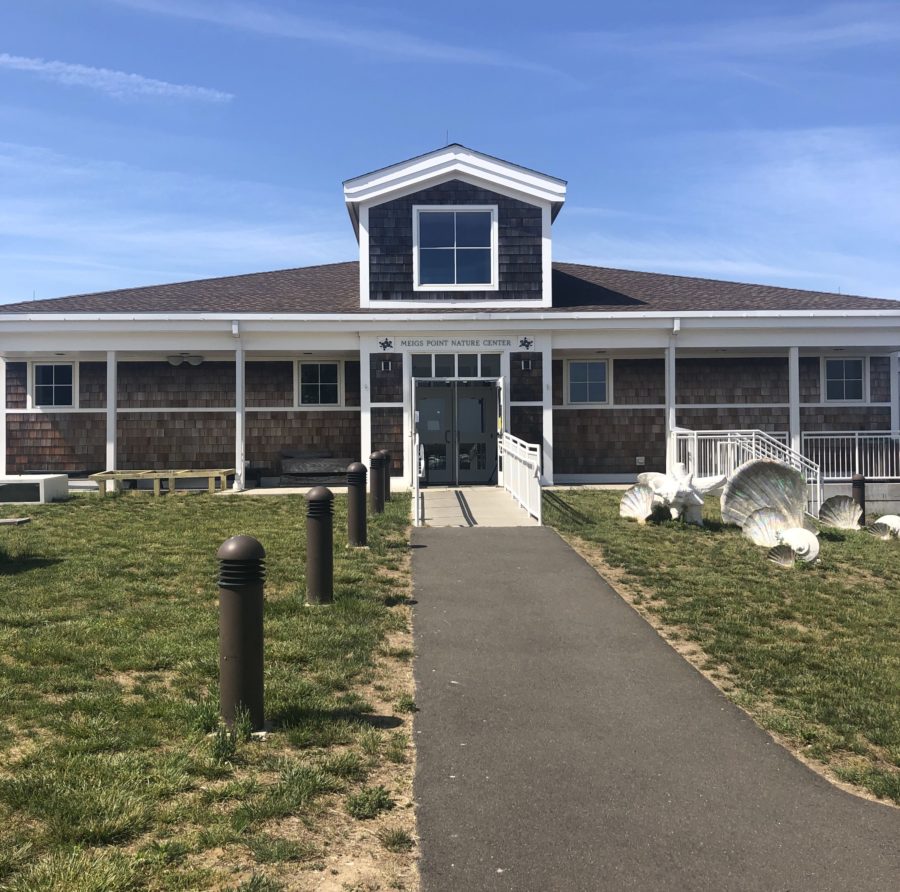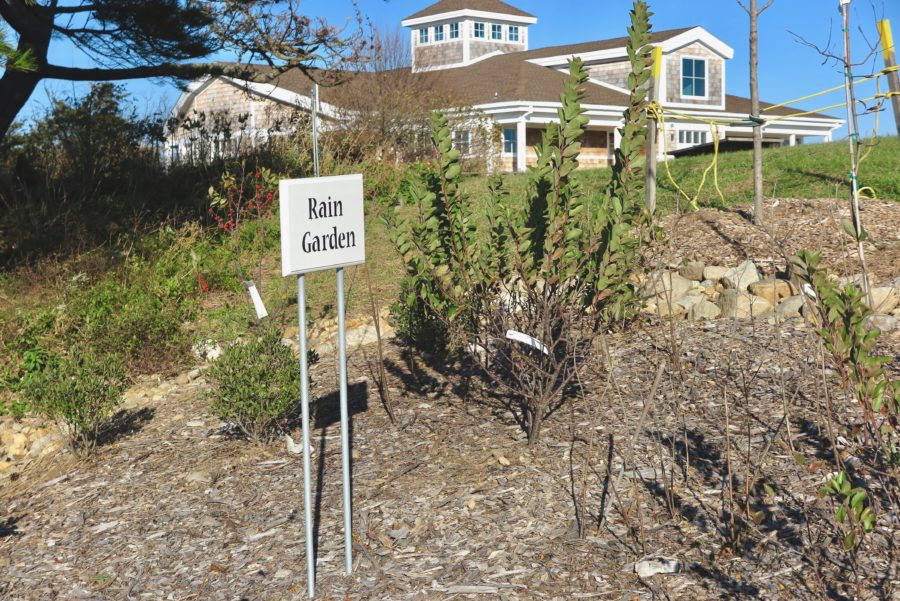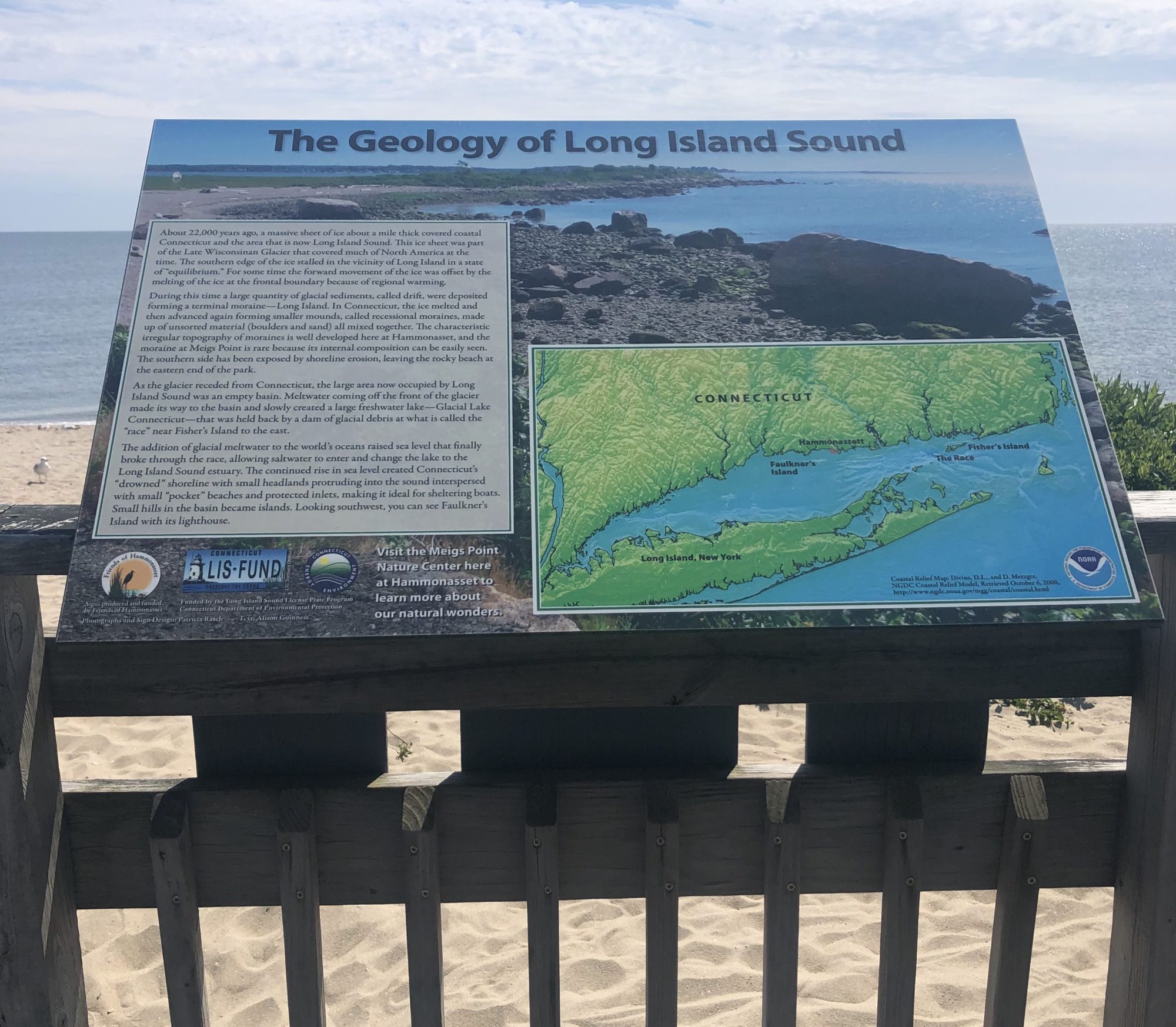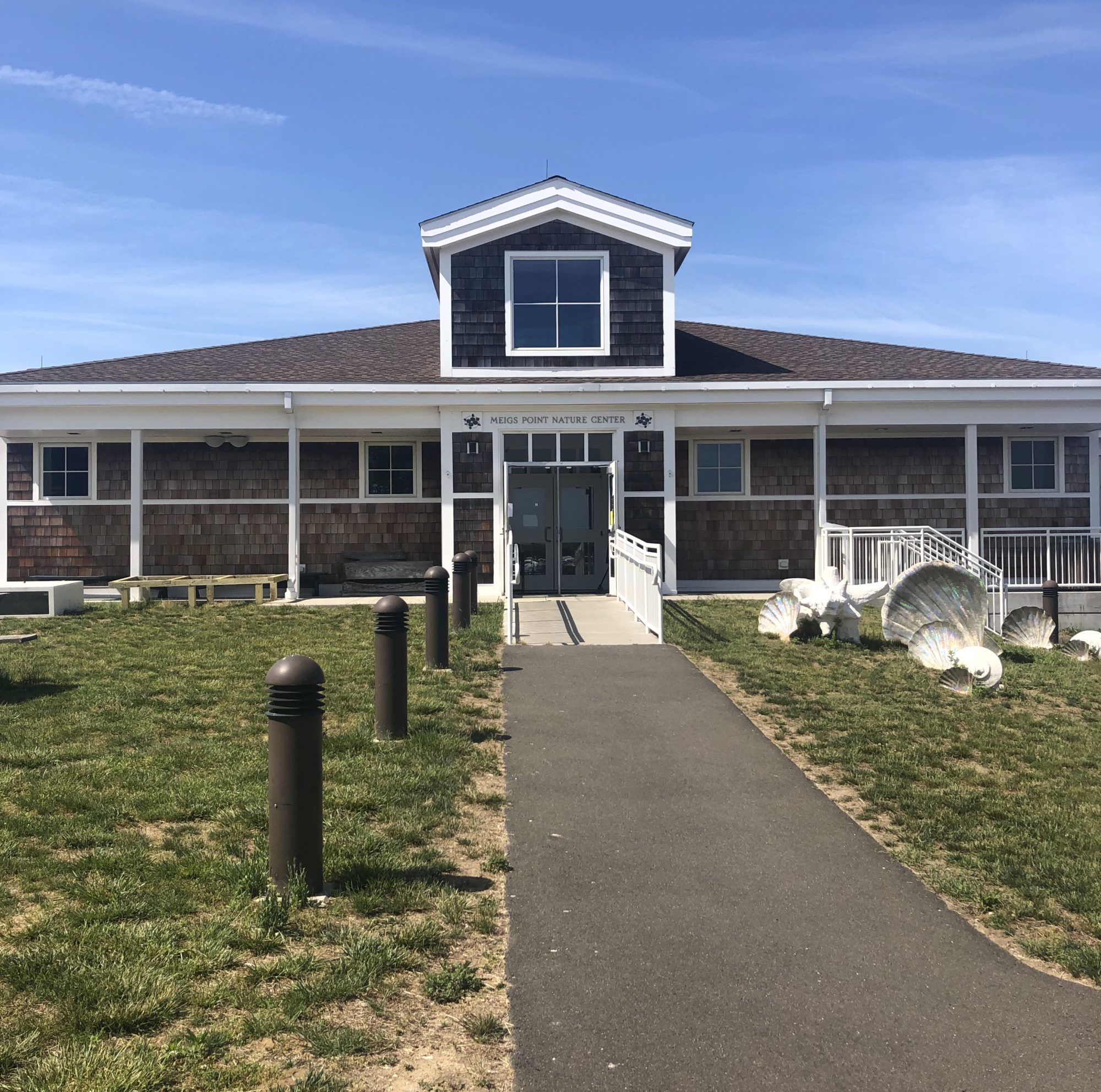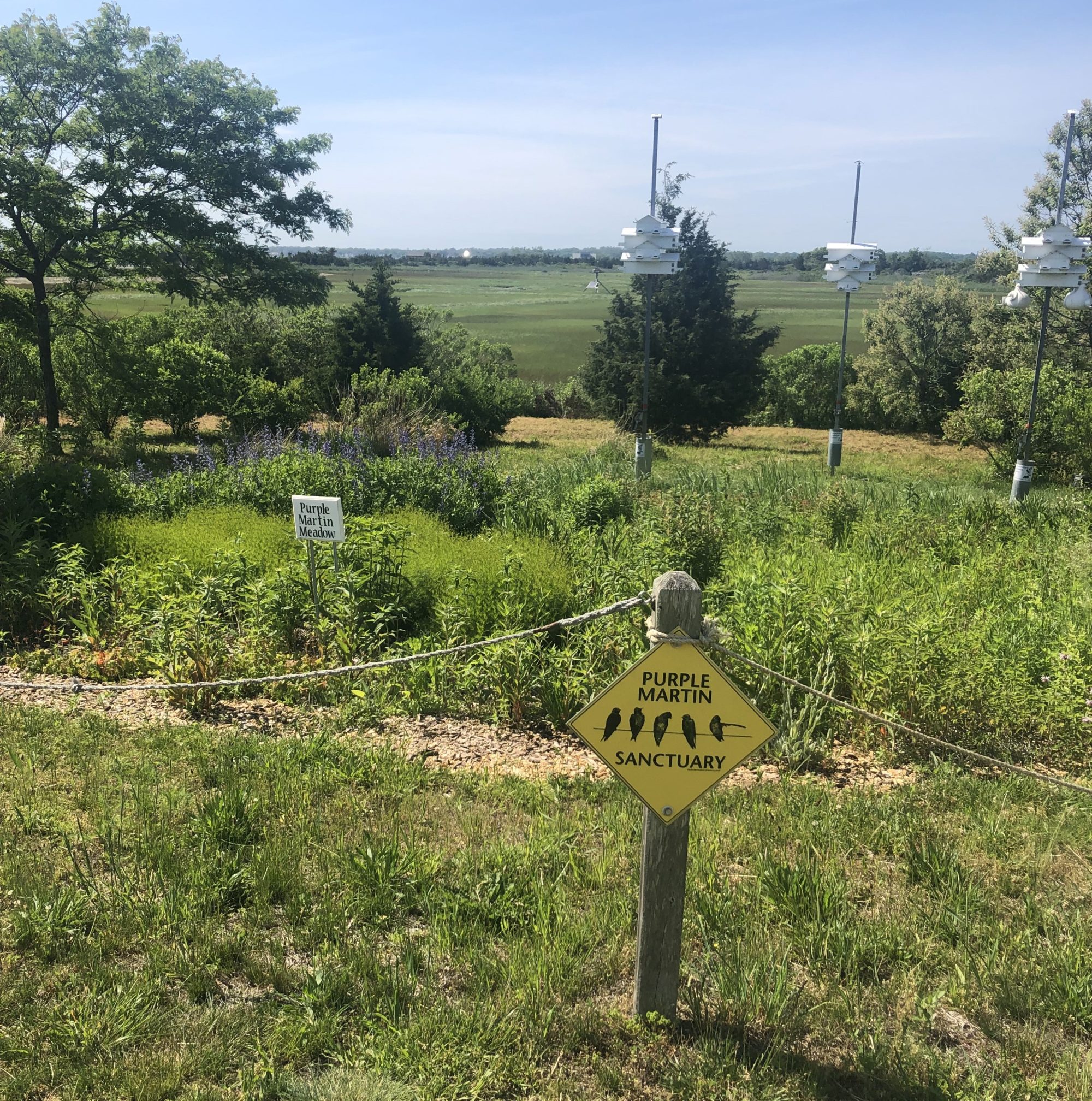Return to Main Stewardship Atlas Page
Hammonasset Beach

Location
Madison, CT
Anchor Site(s)
Hammonasset Beach State Park and Natural Area Preserve
About the Site
With almost two million visitors each year, Hammonasset Beach State Park is the most visited park in Connecticut. Within its 1,000 acres of beach and marshland, visitors are welcome to explore one of the longest expanses of beach in the State. Visitors to the park can also take advantage of its 558 campsites, miles of hiking trails, picnic areas, bathing beach, and cycling paths, including a section of the Shoreline Greenway Trail. About half of the park is designated a ‘Natural Area Preserve’ dedicated to scientific research and protecting important wildlife habitat. This Stewardship Area is designated by the National Audubon Society as a Globally Significant Bird Area due to the presence of rare birds, including piping plovers, least terns, American oystercatchers, and large concentrations of northern harrier and saltmarsh sparrow. Visitors can learn more about this special place at the Meigs Point Nature Center, open year-round with programs and activities for all ages.
- Audubon has designated Hammonasset Beach State Park as a Globally Important Bird Area. It provides vital resting and feeding areas for migrating land birds, shorebirds, and raptors.
- Since 1985, mosquito ditches in the park’s salt marshes are no longer maintained resulting in the restoration of shallow open water pools that provide habitat for wading and shorebirds.
- Hammonasset supports one of the largest colony of purple martins in Connecticut.
- It is the site of thousands of annually migrating monarch butterflies.
- The park’s marshland and upland areas provide habitat for a variety of regionally rare flora including starry campion (Silene stellata), sand dropseed (Sporobolus cryptandrus), and bayonet grass (Bolboschoenus maritimus ssp. paludosus).
- It is the site of several successful saltmarsh restoration projects accomplished by restoring tidal flow to previously impounded marsh systems and removing dredge sediments.
- Stroll nearly two miles of beach, the longest stretch of naturally occurring sandy beach in Connecticut.
- Camp, hike, cycle, swim, picnic, fish, and birdwatch in Connecticut’s most visited state park.
- Cycle along a stretch of the expanding Shoreline Greenway Trail, a coastal area trail that will ultimately stretch 25 miles from Lighthouse Point Park in New Haven to Hammonassett.
- Learn about the area’s coastal ecology at the Meigs Point Nature Center, a state-of-the-art environmental education center. Meigs Point offers classes linked to state curriculum standards and has staff available to visit schools and host programs on request.
- Grassy campsites are available to tent and RV campers while a few highly popular cabin rentals are available to those planning their stay well in advance.
- Audubon Connecticut: Hammonasset Beach State Park
Audubon’s website provides an overview of the park’s natural history and criteria for designation as a Globally Important Bird Area. Visit the web page to learn more about the birds you might see during your visit. - Purple Martin Conservation Association
The Purple Martin Conservation Association website describes its effort to protect this large North American swallow, a significant colony of which occurs at Hammonasset. The website provides hints on how to identify and attract the bird, risks to their conservation, links to current research and ways for the public to help sustain this species. - Check out iNaturalist to discover what animals other people have seen at Hammonasset, or make an account and record your own sightings.
- The Menunkatuck Audubon Society has a live stream featuring osprey nesting at Hammonasset!
- Chatfield Hollow State Park
This inland state park features a well-developed trail system, vast picnic areas that include coverage for inclement weather, pond and stream fishing, and a historic waterwheel. - Tuxis Island, located only 1,029 feet off of Madison’s shores, hosts about 15 different species of nesting birds. While the island is closed to the public during the summer months, you can view it from the nearby West Wharf beach.
- Head to Bauer Park, a former working farm that now features a community garden and many areas to picnic and hike.
- For more information about your visit, please review the Coastal Access Guide.
- The Friends of Hammonasset page features an up-to-date events page, camping and membership info, and a photo gallery. The section on news and publications generated every season gives an update on the goings-on in the park, ways to get involved, wildlife developments, and exciting projects.
- Check out the Madison Parks and Recreation website to find out about local events, as well as classes being offered.
- The Madison Historical Society offers house tours, book clubs, and even a special lantern tour. Be sure to check their website frequently to learn about current exhibits and events.
- There are grassy campsites open for RV’s as well as private tents.
- Please respect sensitive piping plover breeding habitat which may be signed or roped off for their protection from May to early July.
- Check out the shore fishing guide for the State of Connecticut, before doing any fishing.
- Hammonasset Beach State Park. Ct.audubon.org/conservation/hammonasset-beach-state-park. Audubon Connecticut. Web. June 24, 2021.
- Purple Martin Conservation Association. Purplemartin.org/. Purple Martin Conservation Association. Web. June 24, 2021.




